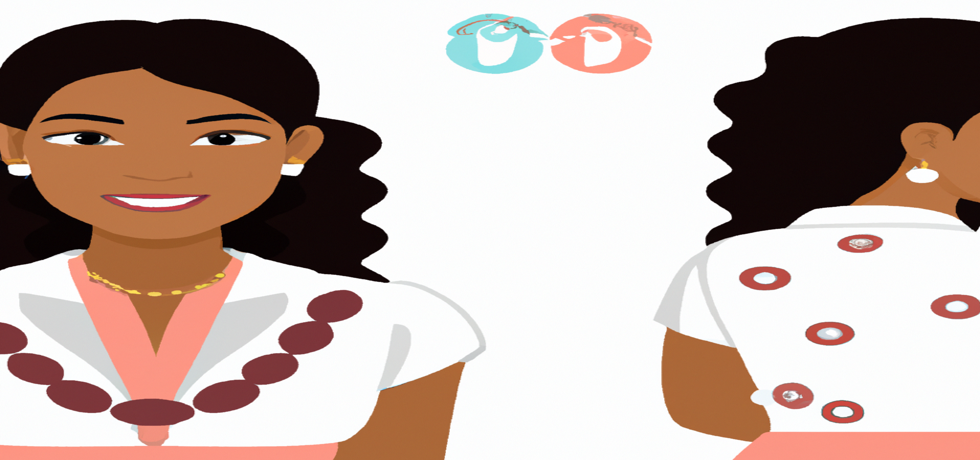
Understanding Trichorrhexis Nodosa: Causes, Symptoms, and Treatment
Introduction to Trichorrhexis Nodosa
Trichorrhexis nodosa is a condition that affects the hair shafts, leading to fragile areas prone to breakage. If youve noticed small, white-yellow knobs on your hair, you may be experiencing this condition. Understanding the causes, symptoms, and treatment options can greatly aid in managing this hair-related issue. At The Skin Artistry, we aim to empower you with the information you need regarding your hair health.
Causes of Trichorrhexis Nodosa
The primary causes of trichorrhexis nodosa can be categorized into inherited and acquired forms. The inherited type tends to manifest in infants during their first year of life and is passed down in an autosomal dominant manner. On the other hand, the acquired form is often due to physical and chemical stresses on the hair, such as excessive brushing, hair styling tools, and exposure to harsh chemicals or UV radiation. Awareness of these triggers is crucial for anyone seeking to maintain healthy hair.
Recognizing Symptoms
Symptoms of trichorrhexis nodosa commonly include weak hair that breaks easily, the presence of white knobs along the hair shaft, and dry, dull-looking strands. Many individuals with this condition also experience split ends and reduced hair growth. It is essential to monitor these symptoms, as they can correlate with underlying disorders like iron deficiency or thyroid issues. Early recognition can lead to timely intervention and better hair health.
Diagnosis of the Condition
Diagnosing trichorrhexis nodosa typically involves a microscopic examination of hair strands to identify the characteristic knobs. In some cases, a skin biopsy may be conducted to look for genetic mutations. An innovative technique called trichoscopy offers a non-invasive option to analyze the hair strands without any hair removal, making it a convenient choice for diagnosing this condition. Consulting with a dermatologist can help ensure accurate diagnosis and treatment planning.
Treatment Options Available
Treatment for trichorrhexis nodosa primarily focuses on minimizing hair damage and promoting overall hair health. Strategies often include gentle hair care techniques, such as using wide-toothed combs and reducing heat styling. Additionally, nourishing hair oils and conditioners can help increase hydration and strength. For more severe cases, consulting a dermatologist at The Skin Artistry for custom treatment plans may be beneficial. A dermatologist can analyze your specific symptoms and recommend the best course of action for your hair.
Conclusion and Actionable Advice
If you’re experiencing symptoms of trichorrhexis nodosa, remember that early diagnosis and intervention can lead to positive outcomes. Take proactive measures to minimize hair damage by adopting gentle hair care practices and prioritizing nourishment. For professional assistance and expert advice from leading dermatologists like Dr. Hital Patel, experience the benefits of understanding trichorrhexis nodosa with Hair & Skin Specialist Dr. Hital Patel at The Skin Artistry. Our clinics in PDPU Gandhinagar, Vastrapur Ahmedabad, and Hyderabad (Visiting Consultant) offer top-quality care and personalized treatments. Visit us today to learn more about our services and take advantage of our special offers! For more insights, updates, or to collaborate, stay connected with The Skin Artistry.

